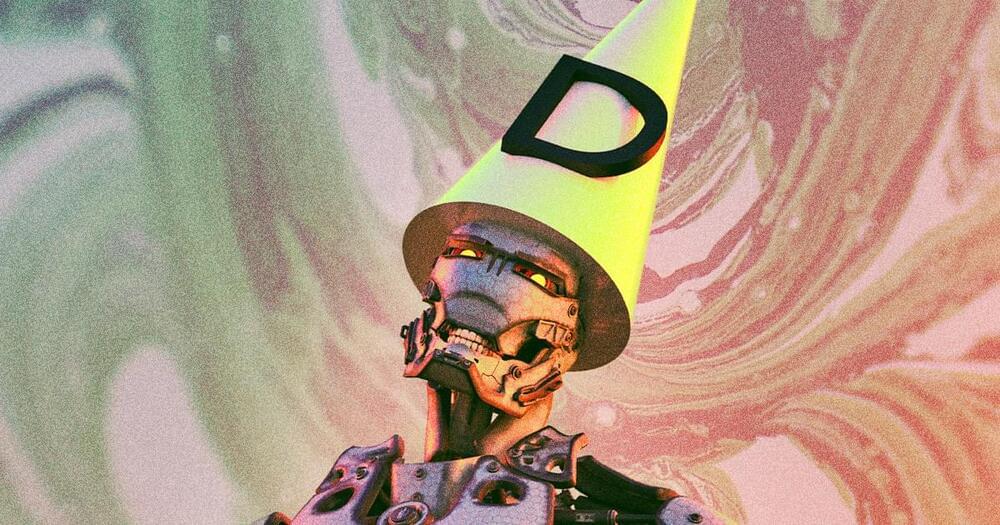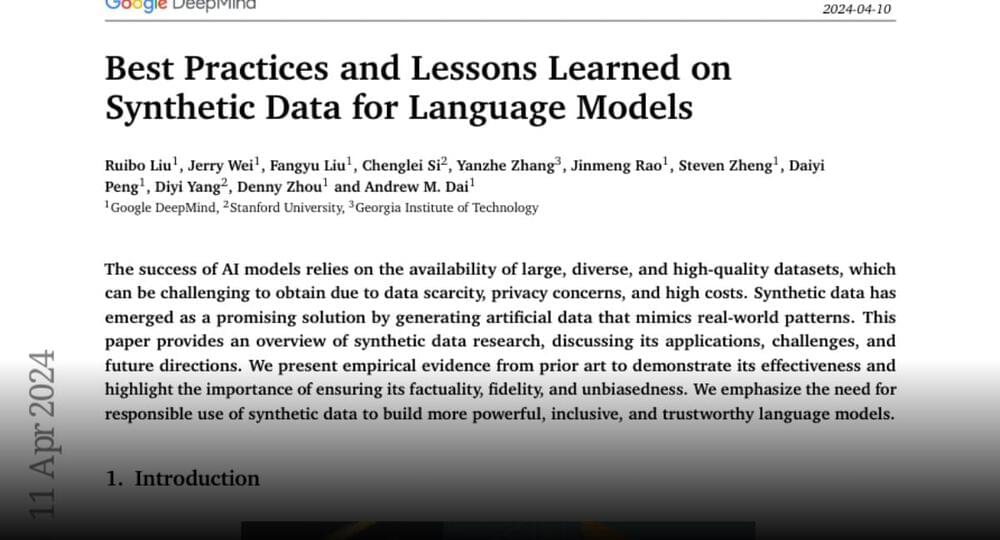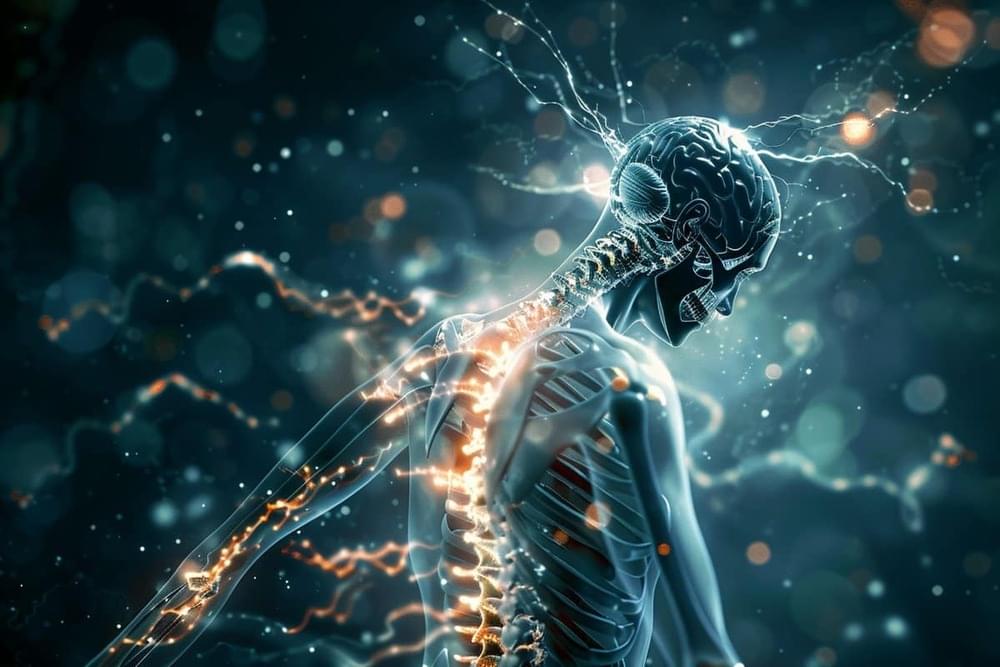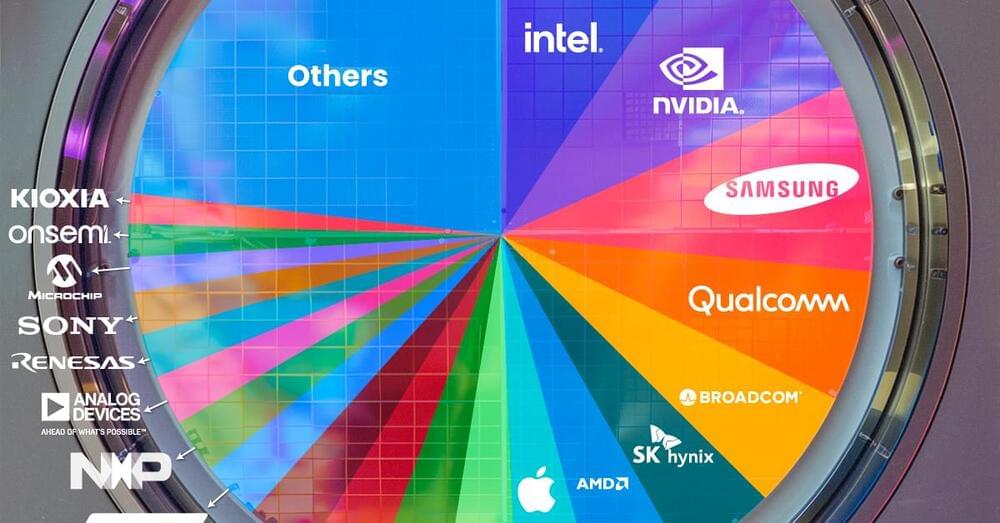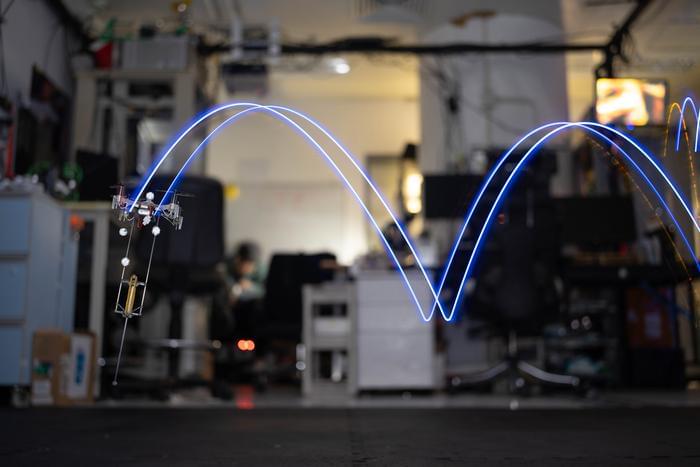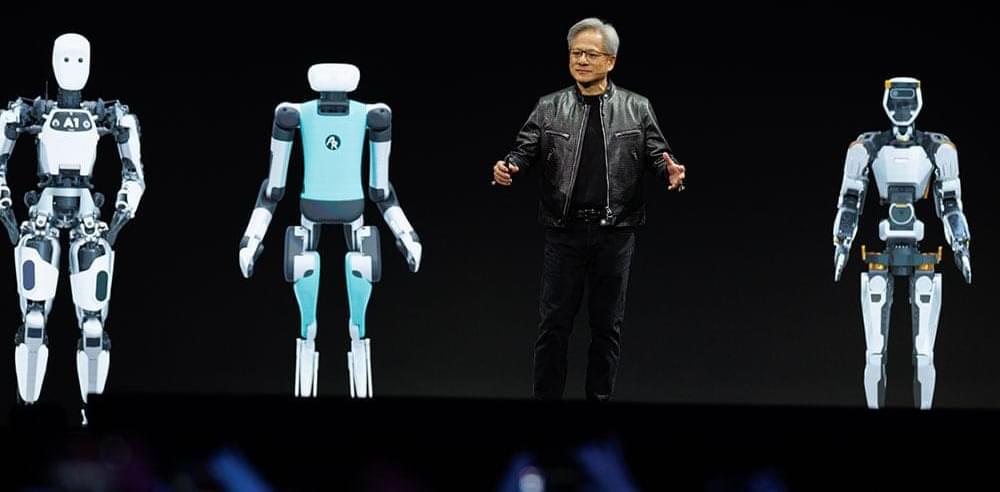A new study suggests that advanced AI models are pretty good at acting dumber than they are — which might have massive implications as they continue to get smarter.
Published in the journal PLOS One, researchers from Berlin’s Humboldt University found that when testing out a large language model (LLM) on so-called “theory of mind” criteria, they found that not only can AI mimic the language learning stages exhibited in children, but seem to express something akin to the mental capabilities related to those stages as well.
In an interview with PsyPost, Humboldt University research assistant and main study author Anna Maklová, who also happens to be a psycholinguistics expert, explained how her field of study relates to the fascinating finding.
